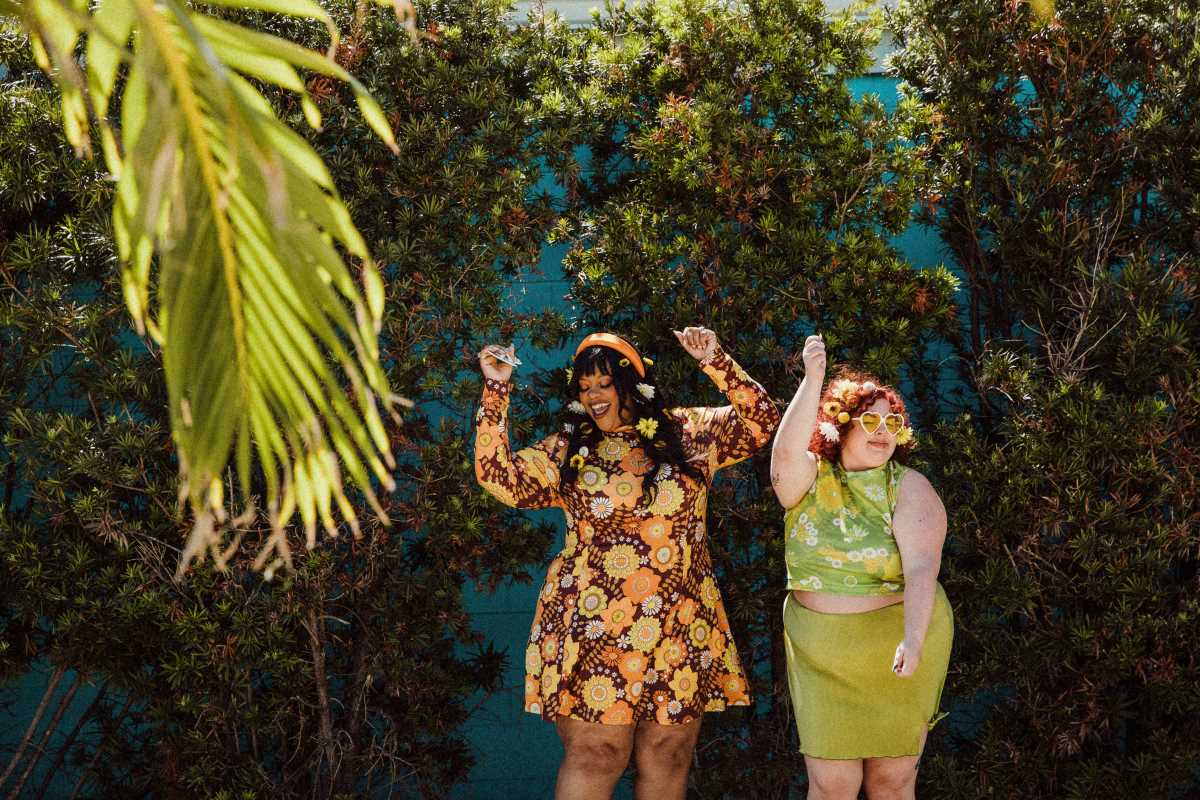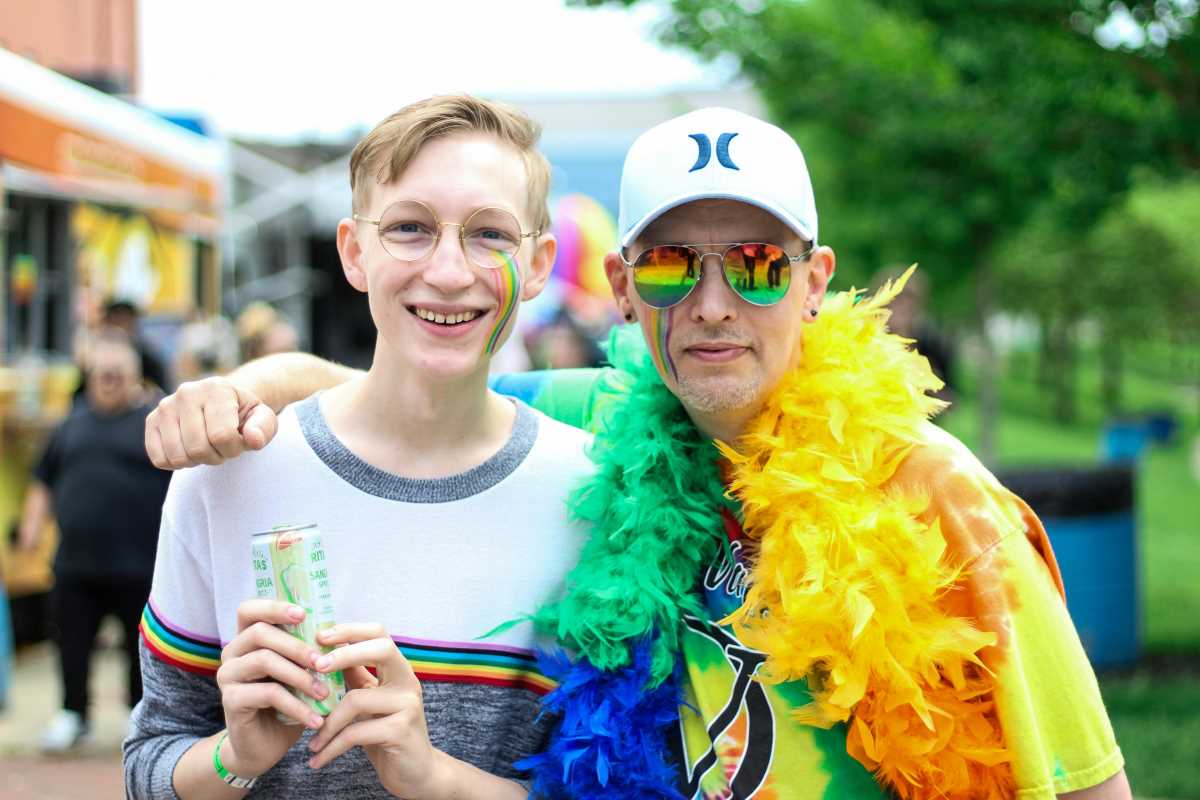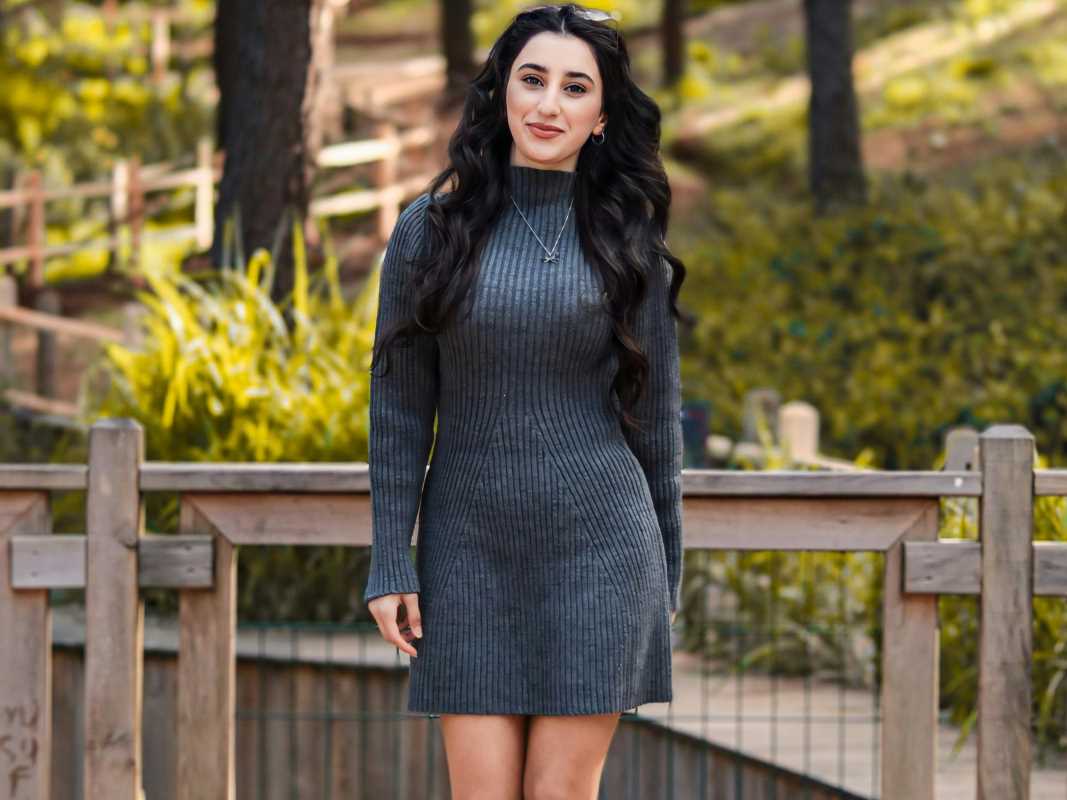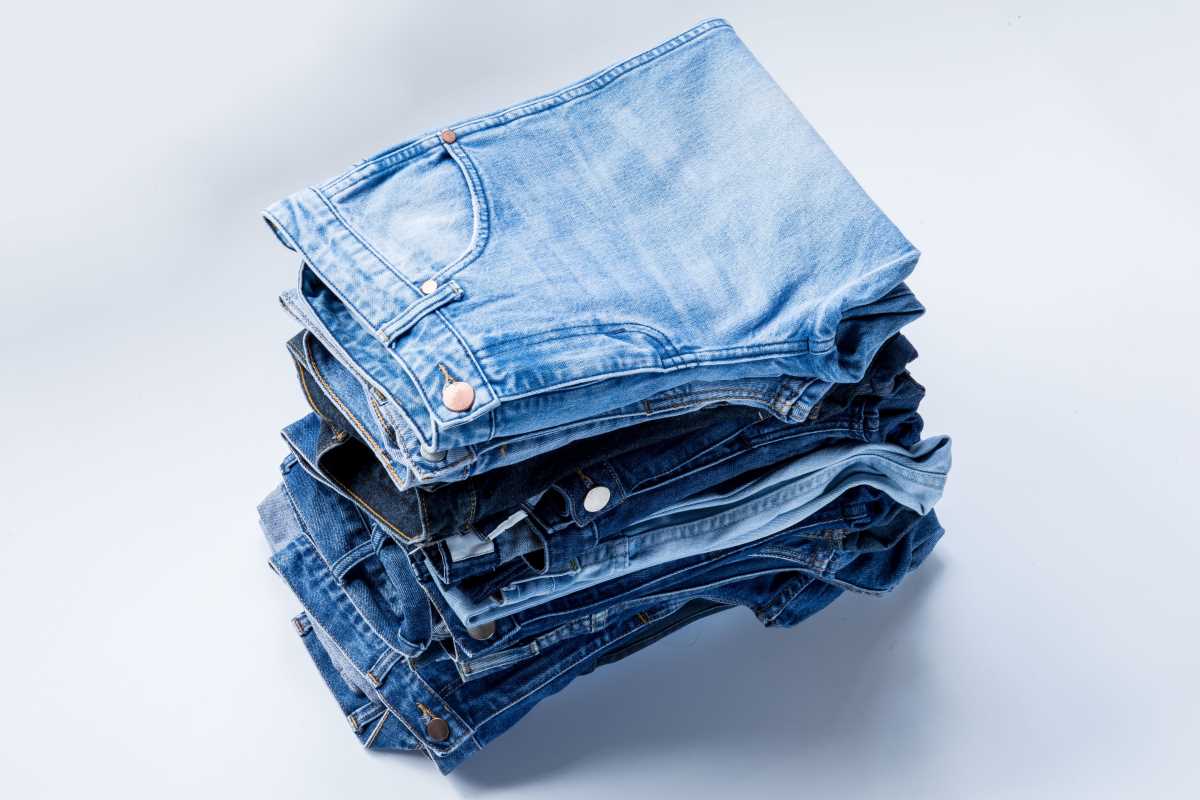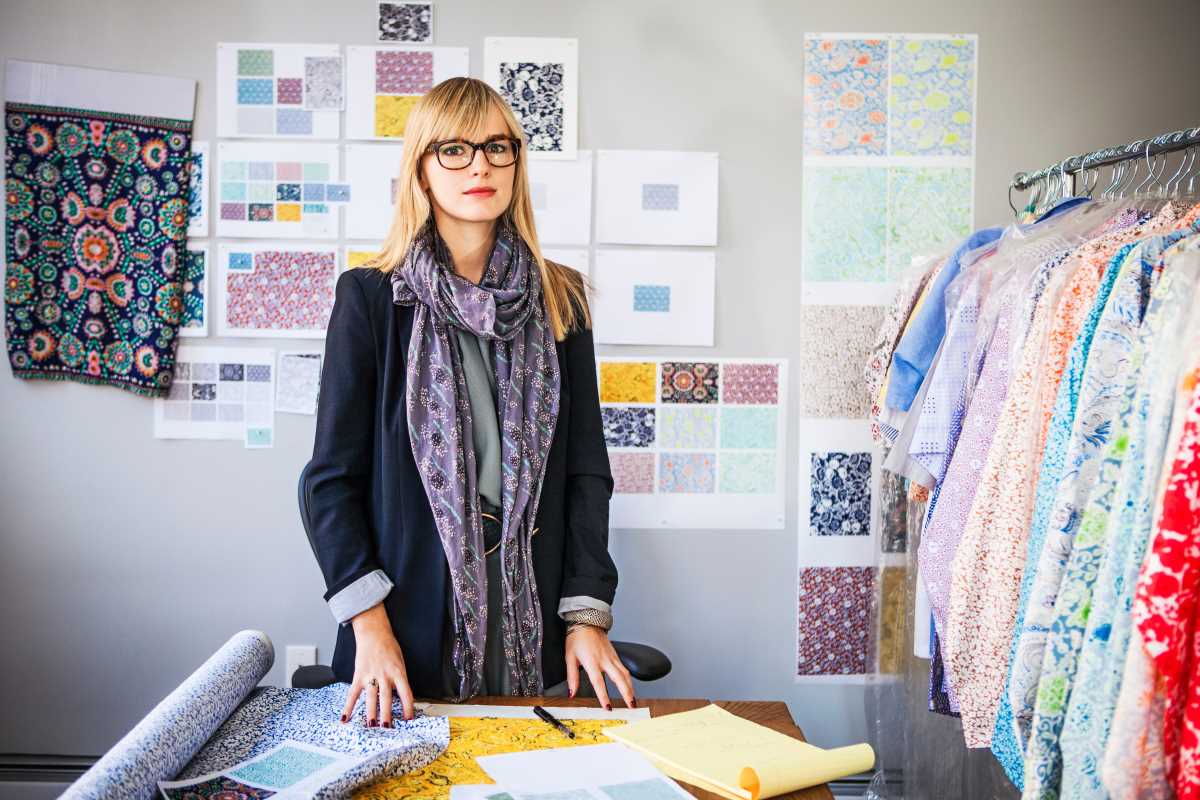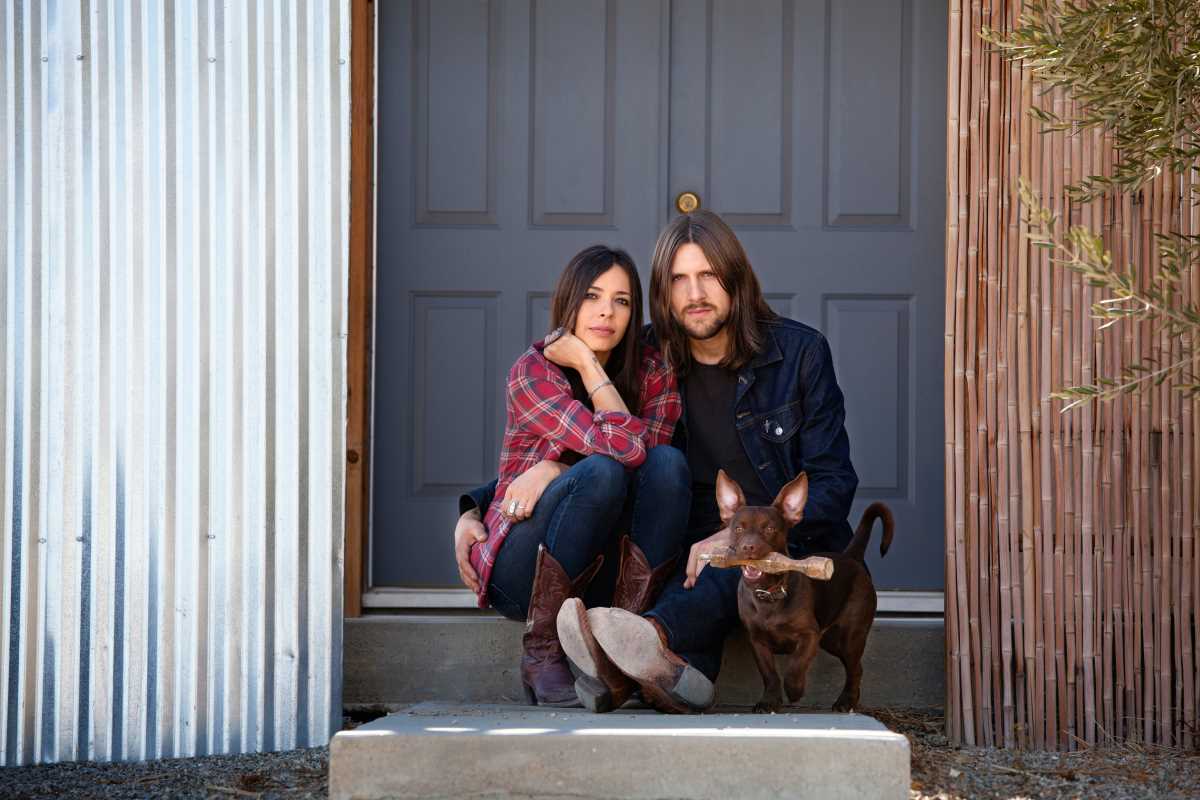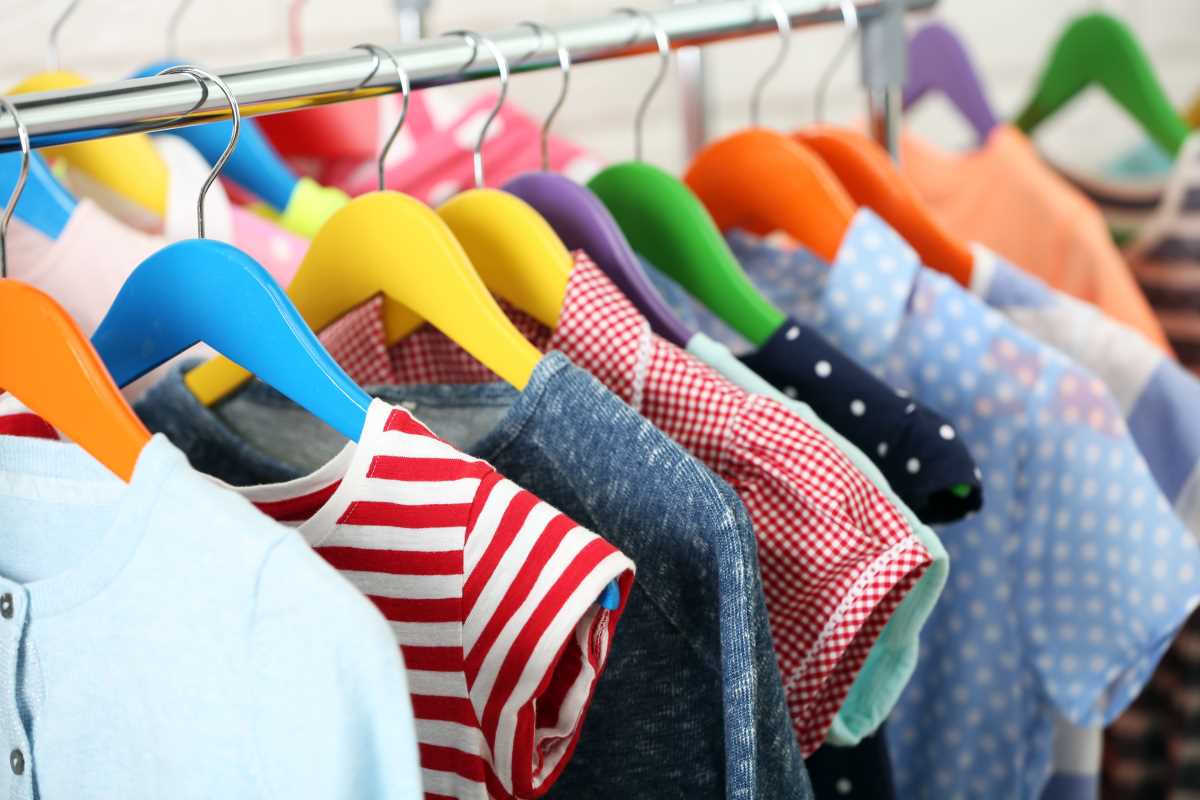Fashion is a time machine, and in a world where trends are both cyclical and constantly evolving, why should we stick to one moment in style history? Mixing fashion eras is not just a passing phenomenon; it’s a bold and creative way to tell your unique sartorial story. No one says you have to pledge allegiance to an era. Love the grunge vibes of the ‘90s but can’t resist the psychedelic patterns of the ‘60s? Guess what? You don’t have to choose. Style today is freer than it’s ever been, and blending pieces from different decades doesn’t clash; it amplifies.
But here’s the thing about mixing eras like a pro: it’s not about throwing random vintage pieces together and hoping for the best. There’s an art to matching the spirit of one time period with the aesthetics of another. It’s about creating harmony between items from different style narratives, allowing them to shine as complementary partners. Whether it’s pairing structured tailoring from the ‘40s with Y2K sparkle or toughening up a ‘70s boho dress with combat boots, blending decades is where personal style transforms into high fashion. This is how to do it without missing a beat.
Start With a Hero Piece
Every good outfit starts with a focal point, and when you’re mixing fashion eras, this becomes even more important. The hero piece acts as your outfit’s anchor, grounding everything while setting the tone for the look. It could be anything from a pair of wide-leg ‘90s jeans to a mod-print ‘60s blouse. The key here is to choose something that excites you and that you love, no matter the era it originates from.
Say you’ve got a dramatic pair of printed flared pants straight out of the ‘70s. These pants demand attention, so you’ll want to pair them with pieces that won’t fight for the spotlight. Maybe a cropped tank top inspired by the minimalism of the ‘90s, or a sleek bodysuit reminiscent of the ‘80s power aesthetic. Build the rest of your look around that focal piece, layering in items that complement rather than compete.
Pay Attention to Silhouettes
One of the greatest challenges in mixing eras is creating a cohesive silhouette. Different decades had drastically different ideas of what delicious proportions looked like, and throwing together cuts that don’t align can make your outfit feel overly chaotic. But when you get the silhouette right? Chef’s kiss.
For instance, the ‘90s adored baggy, oversized bottoms, from cargo pants to slouchy jeans. If you start with a piece like this, balance it with something more fitted, like a slim-knit turtleneck inspired by the ‘60s. Alternatively, if you’re channeling the structured tailoring of the ‘80s with a powerful blazer, temper it with something soft and fluid, like a ‘70s silk maxi skirt.
Proportions are your playground. High-waisted bottoms from bygone decades pair seamlessly with cropped tops from other periods. Short hemlines from the ‘60s look fresh with oversized outerwear borrowed from the ‘90s. The key is balance, allowing each era’s signature shape to enhance the other.
Color Is Your Secret Weapon
Pairing decades doesn’t stop at cuts and styles; color is an equally powerful way to tie eras together. A muted color palette, for example, can stitch together a ‘40s-inspired blouse with ‘90s slip-style trousers. On the other hand, bold pops of color can create a playful juxtaposition between decades known for different vibes. Wearing neon pink from the heyday of the early ‘80s with relaxed, sandy neutrals from the mid-‘70s is unexpectedly chic.
For those new to mixing eras, consider sticking within one cohesive color story. If your outfit starts with a cool-toned ‘50s cardigan in pale blue, bring in similarly cool shades from other eras to keep everything harmonious. Once you feel more confident, throw the rulebook out and experiment. Combine psychedelic prints from the ‘60s with the jewel tones of 2010s maximalism. The right mix of hues can bridge even the most unlikely pairings.
Prints and Patterns Can Steal (or Share) the Show
When you’re working with prints and patterns, it’s all about attitude. The mod florals of the ‘60s and animal prints of the ‘80s might seem like polar opposites, but paired together, they can make a jaw-dropping statement. The key to mixing prints across decades is either fully committing to the clash or keeping one pattern more grounded than the other.
Say you've got a bold, geometric ‘60s mini in a high-contrast black and white pattern. To give it a contemporary spin, reach for ‘90s-inspired plaid in complementary shades and textures. If your base is a simpler print, like polka dots from the ‘50s, layer on a funkier print from the ‘70s to bring some pizzazz. The most exciting outfits often feature contrasts that challenge your comfort zone.
Textures Add Dimension
Another way to connect vastly different eras in one outfit is through texture. Combining fabrics that tell different stories creates depth and allows the historical context of each piece to shine through without competing. Retro textures like corduroy, velvet, and leather from the ‘70s layer beautifully with high-gloss, synthetic fabrics straight from the ‘90s rave scene.
Picture this: sleek ‘90s vinyl pants worn with a soft suede fringe jacket from the ‘60s. The contrast is striking, but the textures bridge the gap between the periods. Or, for a more subtle take, pair a plush boucle coat from the ‘50s with a metallic pleated skirt from the early Y2K era. Don’t be afraid to go tactile with your layering. Mixing visually distinct textures can make any outfit feel intentional and couture-level cool.
Accessories Complete the Story
Any great ensemble is incomplete without the perfect accessories, and when you're mixing eras, they become even more crucial. Accessories offer a way to finesse the look and add a wink of humor or personality. If your outfit leans heavily on one decade, accessories from another can mix it up effortlessly.
A ‘70s-inspired boho dress might look stunning with square-toed grunge boots from the ‘90s. Cat-eye sunglasses will always give a ‘50s-inspired edge to a modern look, while a pearl bag can instantly soften up the sharp lines of an ‘80s power suit. And don’t forget about jewelry. Big statement earrings from the ‘80s can work wonders with a minimalist slip from the ‘90s.
Sometimes, the accessories themselves might blend eras. Think vintage scarves that feel timeless or belts that could work in both disco and minimalist aesthetics. Play with the small details to refine your style mash-up and make it uniquely yours.
Confidence Is the Real Key
Mixing fashion eras isn’t just about the clothes. It’s about the confidence you bring to the look. One of the reasons nostalgic icons like Princess Diana and runway darlings like Bella Hadid nail era-warping outfits is because they own their style choices. They don’t wear the clothes timidly or apologize for bold combinations.
Once you’ve constructed an outfit with the pieces and eras you love, wear it like it’s the only combination that’s ever made sense. The goal isn’t to look like you time-traveled and grabbed random pieces from a thrift shop. It’s to make each look feel cohesive, put-together, and unmistakably modern. Whatever vibe you’re channeling, confidence is what transforms a decade-spanning outfit from experiment to masterpiece.
Fashion has never been about sticking to the rules, and mixing eras is proof that boundaries are made to be broken, never feared. The pieces in your closet carry stories from different times—in your hands, they’re waiting to be retold in a way that’s fresh, bold, and undeniably yours.
